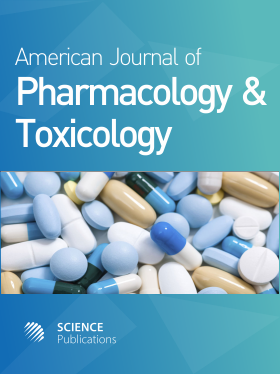Potent Antielastase and Antityrosinase Activities of Astilbe chinensis
- 1 Kongju National University, Korea
Abstract
Problem statement: In the current scenario, photo-aging is a major problem causing skin wrinkling and hyperpigmentation. Therefore, elastase and tyrosinase inhibitors play an important role in the treatment of skin aging and thus, gaining a special attention in cosmetic industries. Approach: In the screening of Korean medicinal plants to search the potent elastase and tyrosinase inhibitors, the extract of the rhizomes of Astilbe chinensis (A. chinensis) exhibited the strongest potential. Further the crude 100% methanolic extract of A. chinensis along with its n-hexane, methylene chloride, ethyl acetate and aqueous fractions were investigated for elastase and tyrosinase enzyme inhibition activities. Results: The A. chinensis extracts showed remarkable elastase inhibitory activities (at a concentration of 20 μg 155 μL-1 reaction) ranging from 38-92% and tyrosinase inhibition activities (at a concentration of 20 μg 150 μL-1 reaction) ranging from 2-90%. Among all the fractions, water fraction demonstrated the highest elastase and tyrosinase inhibitory activities (92 and 90%, respectively). Conclusion: Based on the noteworthy antielastase and antityrosinase activities by the rhizome of A. chinensis, it might prove a strong candidate as an active ingredient in cosmaceutical formulations and further in vitro and in vivo investigations is needed.
DOI: https://doi.org/10.3844/ajptsp.2009.127.129

- 4,469 Views
- 3,725 Downloads
- 8 Citations
Download
Keywords
- Astilbe chinensis
- elastase inhibition
- tyrosinase inhibition
